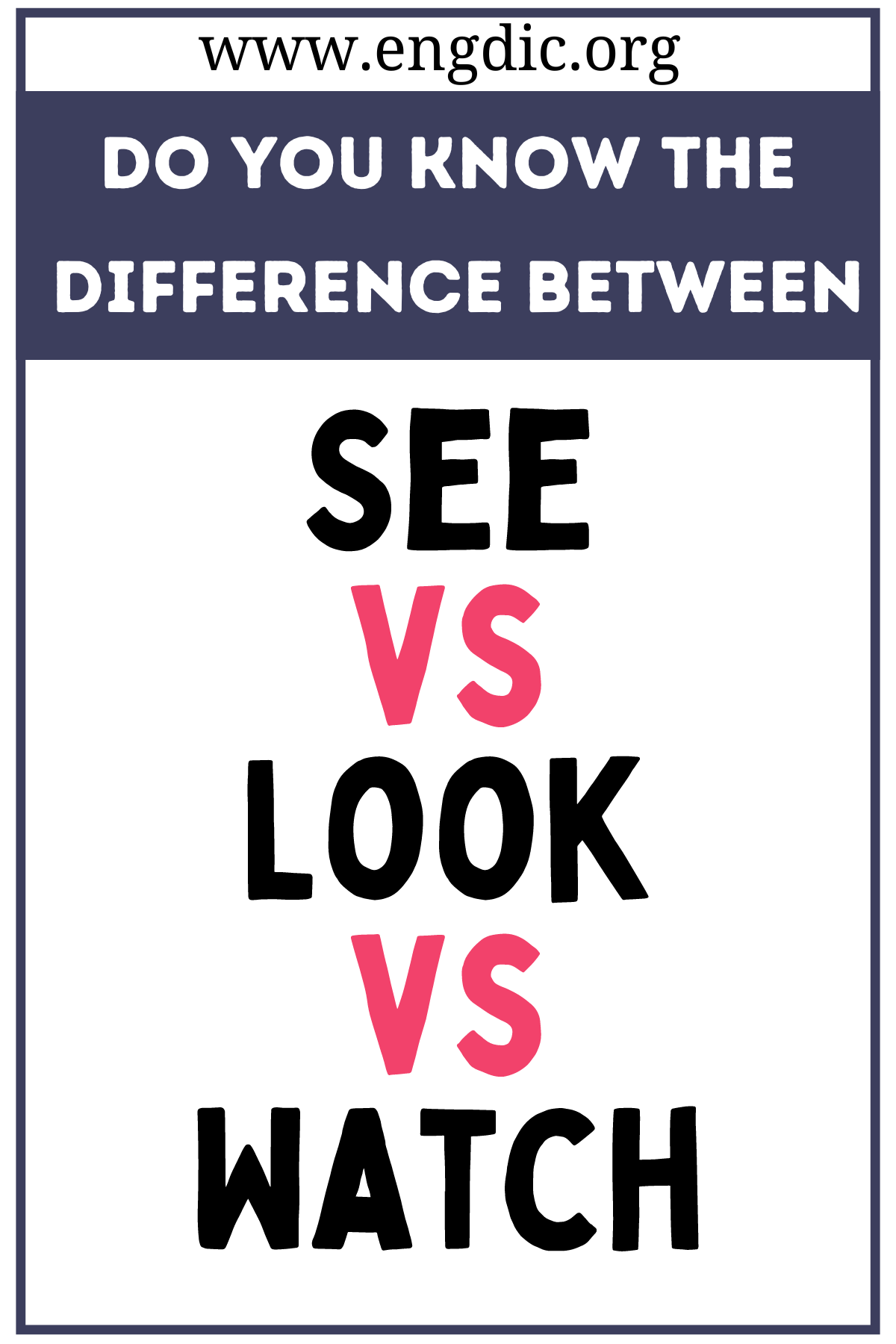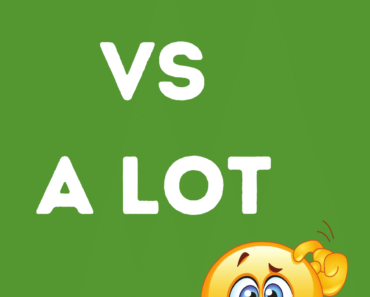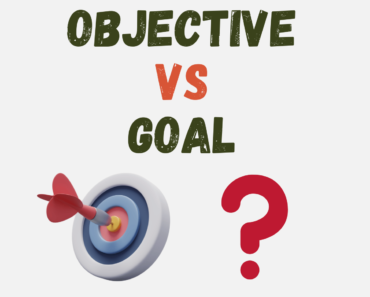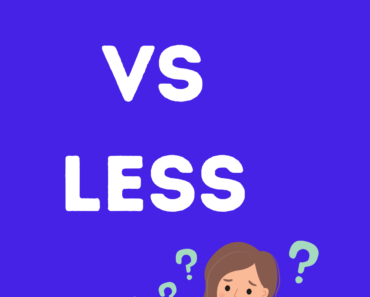“See,” “look,” and “watch” all involve the sense of vision, but differ in purpose and intent. “See” often implies passive, involuntary vision, as in glimpsing something by chance.
- “Look” denotes an intentional act of directing vision at something specific.
- “Watch” adds a dimension of sustained focus, involving careful observation over time.
Understanding these differences is crucial to using the correct verb in various contexts.
See
Definition: To perceive something with the eyes without any specific intent.
Usage & Examples:
- Passive Vision: Involuntarily noticing something.
Example: “I see the mountains from my window.” - Comprehension: Understanding or recognizing something.
Example: “I see what you mean.”
Look
Definition: To direct one’s gaze towards something intentionally.
Usage & Examples:
- Direction of Gaze: Intentionally focusing on something.
Example: “Look at the sunset.” - Search: Seeking or searching for something.
Example: “I’m looking for my keys.”
Watch
Definition: To observe something attentively and over a period of time.
Usage & Examples:
- Observation: Attentive observation over time.
Example: “We watched the movie last night.” - Surveillance: Closely monitoring or keeping guard.
Example: “The police watched the suspect.”
Understanding these distinctions will help you use the appropriate verb depending on the intent, level of engagement, and duration of your visual attention.







